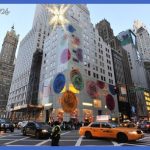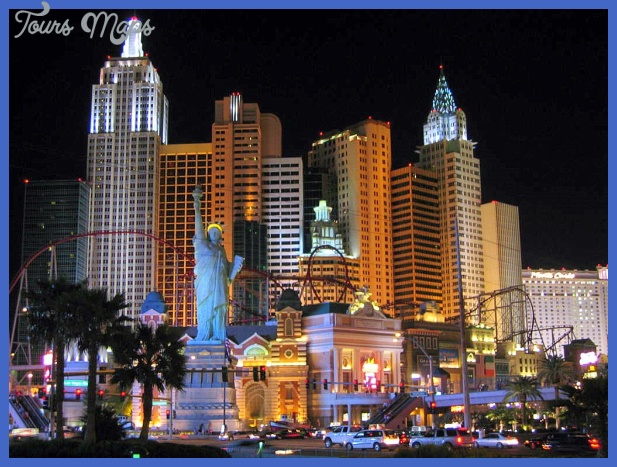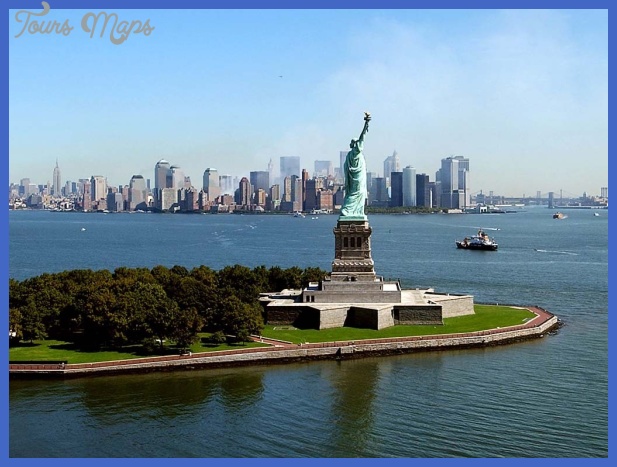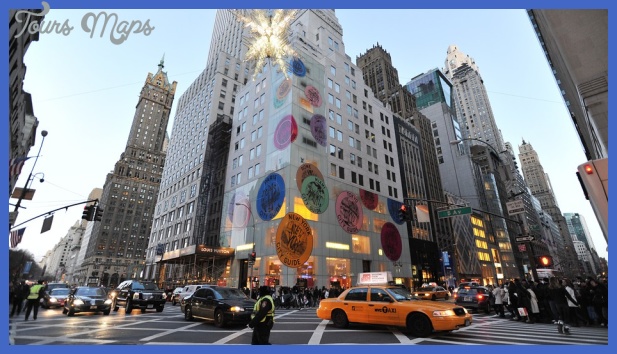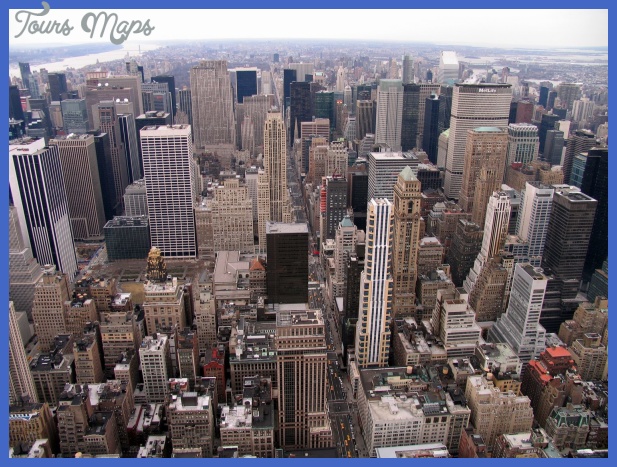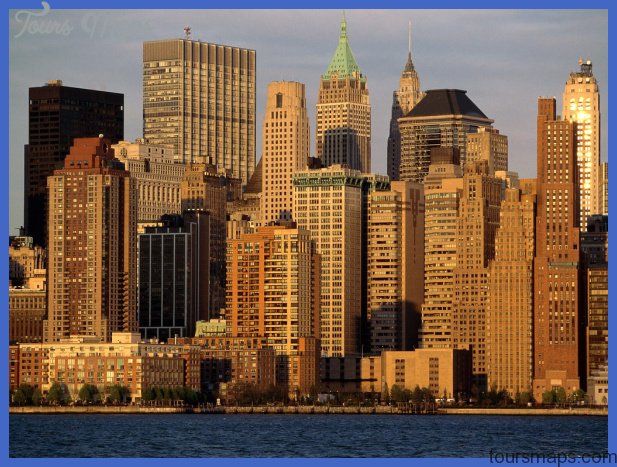In 1898 New York (henceforth known as Manhattan), Brooklyn, Queens, the Bronx and Staten Island amalgamated into Greater N ew Y ork with a population of over 3 million. The early years of this century saw the first genuine skyscrapers: the Flatiron building (1902) reached a height of 286 feet with 21 floors. In 1904, the first subway line opened. Greenwich Village, which became a centre for artists, writers and theatre people, acquired a reputation for bohemianism. Following World War I, the exclusive shops and more fashionable department stores moved to Fifth Avenue above 34th Street and New York had to cope with traffic jams.
In the twenties, theatre, baseball and jazz all drew large crowds. Aviator Charles Lindbergh received a memorable hero’s welcome in 1927 after his solo flight across the Atlantic. About 300 tons of confetti fluttered down on the streets of New York.
In October 1929 the business boom screeched to a sudden halt with the crash of the stock market. Breadlines and apple sellers became a common sight, and a shantytown sprang up in 20 Central Park. In 1934. a dynamic mayor by the name of Fiorello La Guardia fought for public welfare measures and civic reform. He rebuilt much of the Lower East Side, but, unfortunately, Harlem remained, becoming the home not only of the blacks but also of the Puerto Ricans who arrived in the last wave of immigration.
New York Travel Photo Gallery
Maybe You Like Them Too
- Top 10 Islands You Can Buy
- Top 10 Underrated Asian Cities 2023
- Top 10 Reasons Upsizing Will Be a Huge Travel Trend
- Top 10 Scuba Diving Destinations
- The Best Cities To Visit in The World



